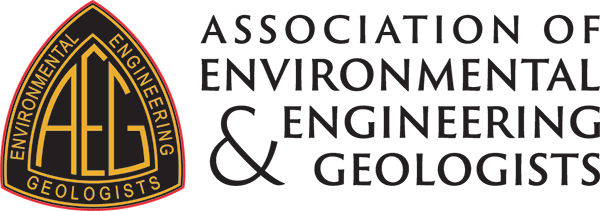The geosciences (or Earth sciences) are comprised of scientific studies of the planet Earth. These include atmospheric sciences, environmental sciences, soil sciences, glaciology, geography, geology, geophysics, hydrology, oceanography, limnology, and space sciences.
Within the geosciences, there are numerous subdisciplines. For instance, as an Environmental or Engineering Geologist, you could specialize in groundwater, environmental (contaminant) remediation, geologic hazards, dam and tunnel design, coastal erosion, land-use planning, environmental impacts and mitigation, disaster management plans and policies, and a variety of associated disciplines. For a detailed list of many of the sub-disciplines within applied geoscience, visit this extensive list on the PROGRESS website .
